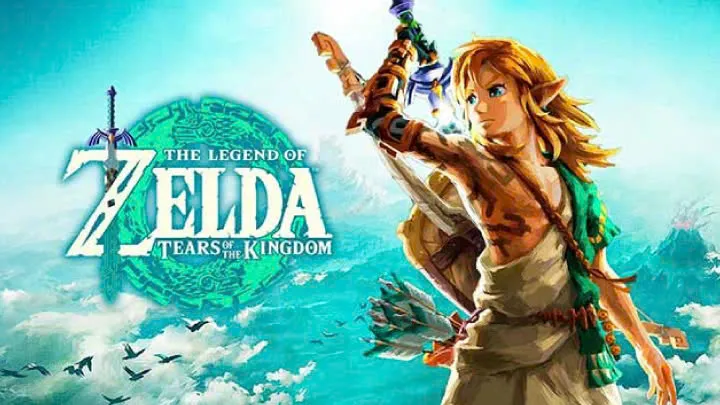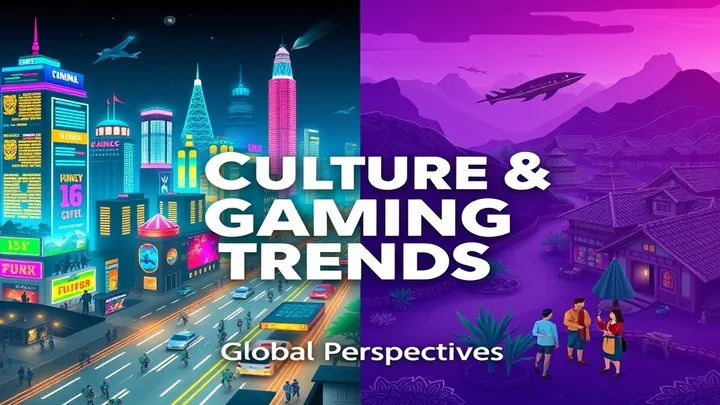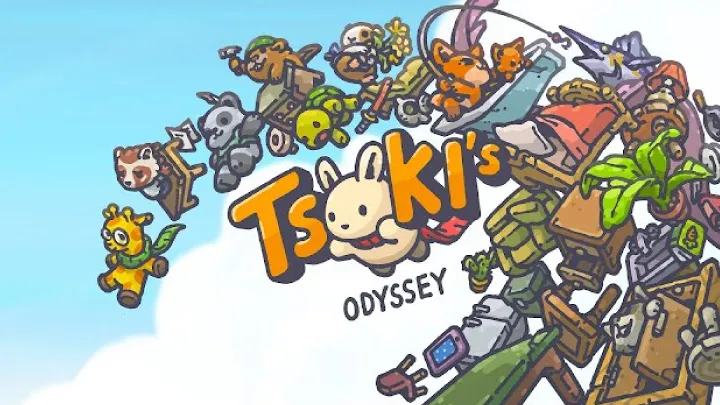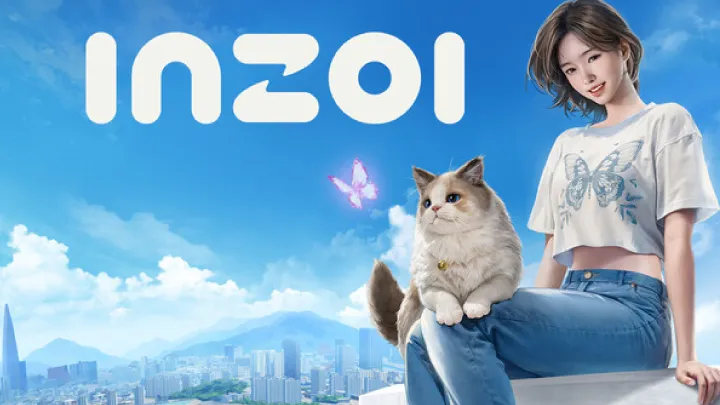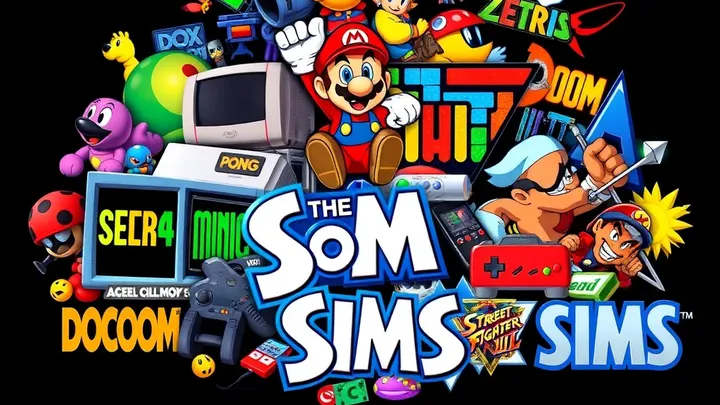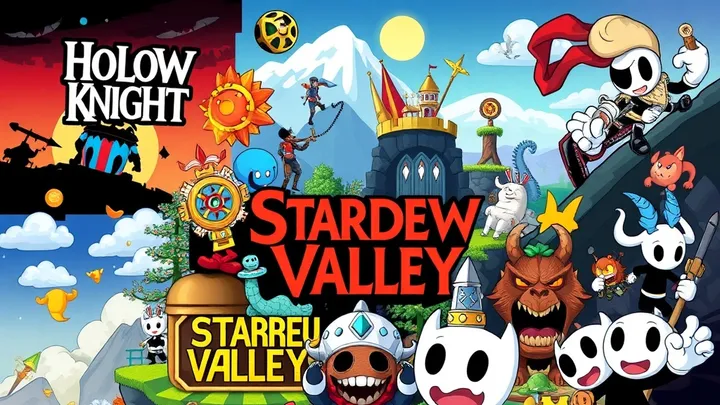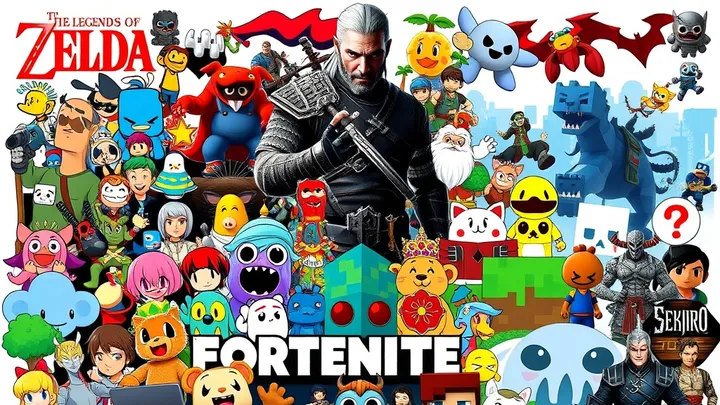The Legend of Zelda: Ocarina of Time – The Time Travel Mechanic and Its Implications
The Legend of Zelda: Ocarina of Time is often hailed as one of the greatest video games of all time, not only for its groundbreaking gameplay and narrative depth but also for its innovative mechanics. Among these, the time travel mechanic stands out as a pivotal feature that shapes the entire experience of the game. This article explores the intricacies of the time travel mechanic, its narrative implications, and how it enhances gameplay. We will delve into the mechanics of time travel, its impact on character development, and its thematic significance in the context of the game’s broader narrative.
The Basics of Time Travel in Ocarina of Time
Mechanics of Time Travel
At the core of Ocarina of Time lies the Ocarina, a magical instrument that allows Link, the protagonist, to manipulate time. The game's narrative is divided into two primary timelines: Link's childhood and his adulthood. This division is made possible through the use of the Master Sword, which serves as a gateway between the two periods.
Link initially begins his journey as a child, exploring the land of Hyrule and gathering the necessary items to thwart the evil plans of Ganondorf. However, after obtaining the Master Sword, Link is thrust seven years into the future, where he emerges as an adult. This transition is not merely a narrative device; it fundamentally alters the gameplay experience.
Transition Between Time Periods
The ability to switch between childhood and adulthood introduces unique gameplay mechanics. For instance, certain items and abilities are only accessible in one of the two timelines. As a child, Link can navigate through smaller spaces and interact with specific characters who will not be accessible in his adult form. Conversely, as an adult, he possesses greater strength and access to more powerful weapons.
Key Items and Abilities
- Fairy Slingshot: Available only in the child timeline, this slingshot allows Link to engage with enemies from a distance.
- Hookshot: Acquired in the adult timeline, this tool is essential for navigating vertical spaces and solving puzzles.
- Bombs: While available in both timelines, their usage often differs based on Link's size and abilities.
This mechanic encourages players to think critically about when to switch timelines, making it an integral part of the gameplay.
The Impact of Time Travel on Character Development
Growth and Maturity
One of the most profound effects of the time travel mechanic is its impact on Link's character development. As players transition from the innocence of childhood to the responsibilities of adulthood, we witness Link's growth in a tangible way.
In his child form, Link is naive and innocent, often relying on the guidance of others, such as Princess Zelda and the Great Deku Tree. However, upon transitioning to adulthood, he bears the weight of the world on his shoulders. The responsibility to save Hyrule from Ganondorf’s malevolence becomes a central theme of the game.
Relationships and Bonds
Time travel also alters Link's relationships with other characters. In the child timeline, Link develops bonds with various characters, such as Saria and the Kokiri people. However, upon becoming an adult, these relationships are strained by the passage of time.
Example: Saria
- Childhood Bond: As a child, Link shares a deep connection with Saria, who represents innocence and friendship.
- Adult Reunion: Upon returning to the Kokiri Forest as an adult, Link discovers that Saria has become a Sage, emphasizing the changes that time brings to relationships.
This evolution in relationships adds emotional depth to the narrative, allowing players to experience the bittersweet nature of growing up.
Thematic Significance of Time Travel
The Nature of Time
The time travel mechanic in Ocarina of Time raises philosophical questions about the nature of time itself. The game suggests that time is not a linear construct but rather a cyclical one, where past actions can echo into the future.
Example: The Temple of Time
- Symbol of Change: The Temple of Time serves as a physical manifestation of time’s passage, where Link must face his past to secure his future.
- Echoes of the Past: As Link revisits locations in both timelines, he sees how his actions as a child have impacted the world around him as an adult.
Consequences of Actions
Another crucial theme is the consequence of actions across time. Link's decisions in his childhood have direct repercussions in his adult life. This idea is encapsulated in the famous quote: “You can’t change the past, but you can change the future.”
Key Consequences
- Restoration of Hyrule: Link’s efforts as a child to collect the Spiritual Stones lead to the eventual sealing of Ganondorf, demonstrating the importance of proactive choices.
- Character Fates: Characters who are saved or neglected in childhood manifest different fates in adulthood, highlighting the interconnectedness of time.
Gameplay Experience Enhanced by Time Travel
Puzzles and Challenges
The time travel mechanic introduces unique puzzles that require players to think across both timelines. Certain challenges can only be solved by using items or abilities from either childhood or adulthood.
Example: The Water Temple
- Switching Timelines: Players must navigate between timelines to access different areas and solve the temple's intricate puzzles.
- Strategic Thinking: This design encourages players to strategize, using their knowledge of both timelines to progress.
Engaging Combat Mechanics
Combat also benefits from the time travel mechanic. Link's abilities evolve with his age, offering diverse combat strategies.
Combat Styles
- Child Link: Focuses on agility and ranged attacks, utilizing items like the Fairy Slingshot.
- Adult Link: Emphasizes strength and power, wielding weapons like the Master Sword and utilizing heavy armor.
This evolution keeps combat fresh and engaging, challenging players to adapt their strategies as they progress through the game.
The Role of Zelda in Time Travel
Princess Zelda’s Influence
Princess Zelda plays a crucial role in the time travel narrative, serving as both a guide and a catalyst for Link's journey. Her duality as both a child and an adult adds layers to the story.
Example: Sheik
- Alter Ego: As Sheik, Zelda mentors Link in his adult form, providing him with crucial information and assisting him in his quest.
- Symbol of Strength: Her transformation from the princess to a warrior highlights the theme of growth and adaptability in the face of adversity.
The Prophecy of the Triforce
Zelda’s connection to the Triforce—a sacred relic representing power, wisdom, and courage—also ties into the time travel theme. The Triforce serves as a reminder of the balance needed to maintain peace across timelines.
Key Elements
- Power: Ganondorf’s pursuit of the Triforce represents the corrupting nature of power when unbalanced.
- Wisdom and Courage: Zelda and Link embody wisdom and courage, respectively, highlighting the importance of these traits in overcoming challenges.
The Legacy of Time Travel in Gaming
Influence on Future Titles
The innovative time travel mechanic in Ocarina of Time has left an indelible mark on the gaming industry. Many subsequent games have drawn inspiration from its narrative structure and gameplay design.
Examples of Influence
- The Legend of Zelda: Majora’s Mask: This sequel further explores time manipulation, allowing players to experience a three-day cycle.
- Other RPGs: Titles like Chrono Trigger and Final Fantasy VII incorporate time travel mechanics, showcasing its lasting impact on storytelling in games.
Community and Fan Theories
The time travel mechanic has spawned numerous fan theories and discussions within the gaming community. Players often debate the implications of Link’s actions and the nature of time in the Zelda universe.
Popular Theories
- Link’s Fate: Some theorists speculate about the timeline’s branching paths and Link's ultimate fate.
- Zelda’s Role: Discussions about Zelda’s influence on the timeline and her choices further enrich the narrative.
Conclusion
The time travel mechanic in The Legend of Zelda: Ocarina of Time is not just a gameplay feature; it is a profound narrative device that shapes character development, thematic depth, and player engagement. By allowing Link to traverse two distinct timelines, the game explores the complexities of growth, the consequences of actions, and the nature of time itself. This innovative mechanic enhances the overall experience, making Ocarina of Time a timeless classic that continues to resonate with players today.








